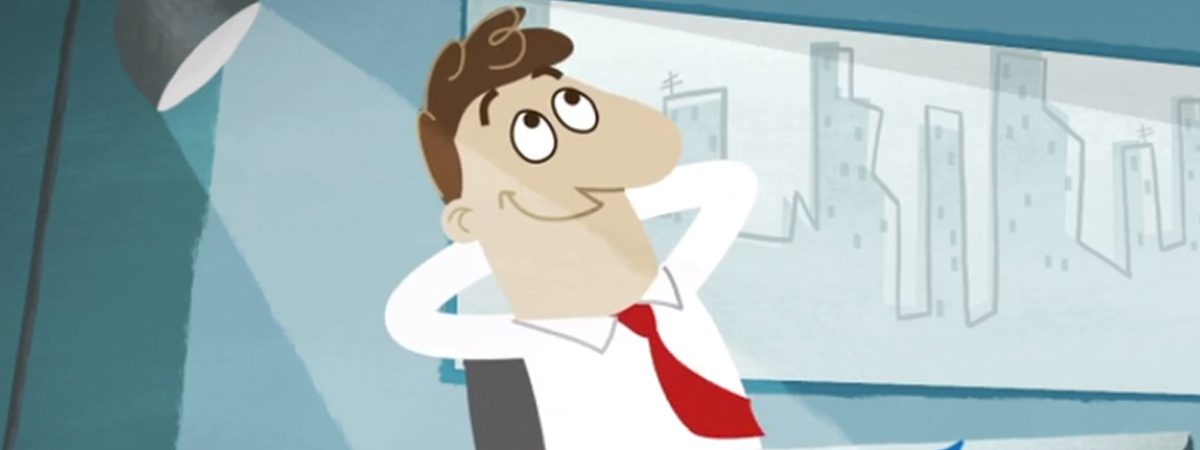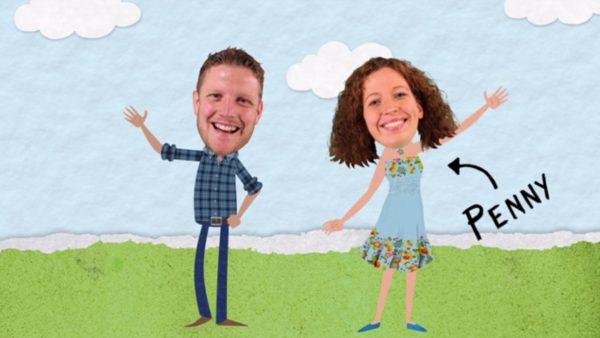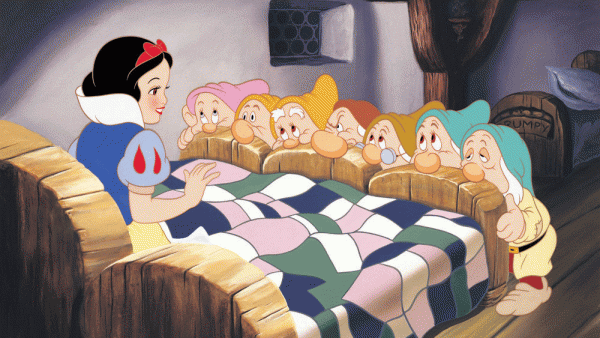We know that commissioning an animated film can be a daunting task. Most people we talk to have never dealt with an animation studio before, and look positively petrified at the very prospect.
That’s why a large part of our job, especially in the initial stages, is explaining and demystifying the process without using a whole lot of scary words like ‘animatic’ and ‘compositing.’
We take a lot of time and effort to make sure that our Clients understand the process of animation before we put pen to paper (or wacom pen to graphics tablet in most instances). Animation is a time consuming process, so we use have multiple sign-off points along the way to ensure that the Client is delighted with each stage before we move on to the next. That way we keep moving forwards towards the deadline and towards a great film.
To make our lives easier, a chap called David Tart has written and directed a film called The Story of Animation; “an educational film about the process of animation. Although aimed primarily at potential animation clients, the film has something for everyone – animation students, animation artists, animation producers, and anyone who has ever wondered about how animation is made, or simply enjoys animation!”
The film basically moves the hero from doubt and confusion in to understanding, and while doing so, explains the following process clearly and articulately.
Development:
Idea/concept development – All ideas have a long way to go before they are polished article. This stage bridges the idea in the head to the script on paper.
Produce a script – Developing the idea for the screen. This includes any dialogue, the plot, and what action is going on, on the screen.
Visual style development – We work out how everything will look on the screen, including the mood and atmosphere, concept art animation style and how things are going to move.
Character development – Personality plays a massive part in any narrative film. We need to work out who each character is and their relationship to one another. Why do they act the way that they do?
Character designs – With the visual style mapped out and our characters fully developed, we create the characters on paper. This stage goes through sketches to coloured turn-arounds, expressions and, on occasions, 3D models.
Pre-Production:
Storyboard – We take the script and visualize the action shot by shot. We plan where the camera will be, what action is on the screen, where to cut and how the action and sound will come together.
Voice recording – Voice artists use the finished script to record their lines.
Animatic – A filmed version of the storyboard, timed out with audio. This creates a rough version of the film, and is critical for working out timings and improvements.
Production
Animation – With the storyboard locked down and the sound track in place we begin animation. Production time varies depending on length, style and format.
Special Effects – Most projects require some form of special effects, compositing or image manipulation to finish off the shots.
Post Production
Editing – This is where the order of the final shots are pieced together and the film takes it’s final shape. Luckily, this stage is fairly minimal in animation, due to the large amount of planning done during pre-production.
Sound Effects – The final picture edit is given to the sound designer who lays down the voices and sound effects.
Music – The composer lays down their final version of the music and the film is ready to render.
Want to know more? Contact us today


